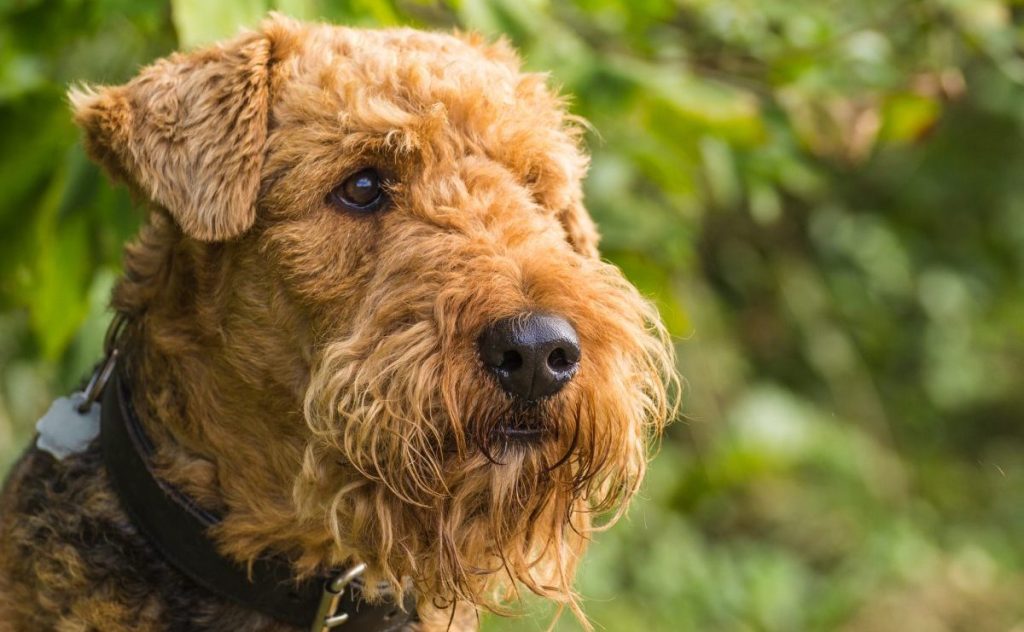The Airedale Terrier, commonly called the “King of Terriers,” is the largest of all terrier breeds. Airedales are loyal and loving companions, and they make great family pets. They possesses athleticism and are highly trainable, leading them to excel in a variety of dog sports, including obedience, agility, and tracking.
Airedales originated in the Aire Valley of Yorkshire, England, in…
